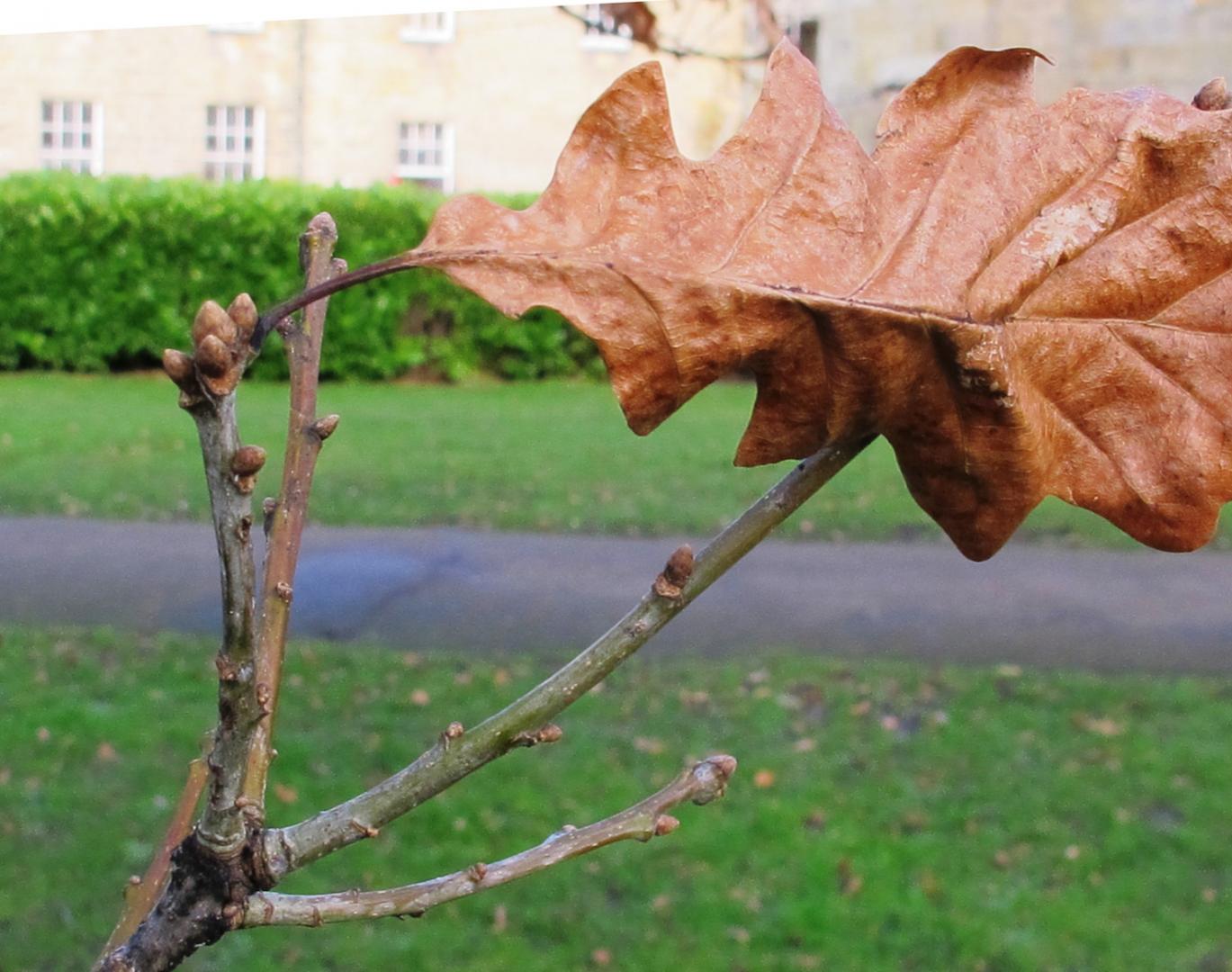Autumn
I love the fitful gusts that shakes
The casement all the day
And from the mossy elm tree takes
The faded leaf away
Twirling it by the window-pane
With thousand others down the lane
John Clare
THE final fruits forlornly hanging onto the tree, an earthy smell of leaves and the short days are all signs that nature is battening down the hatches for winter. There is something immensely satisfying about treading ankle deep in leaves as we take those nostalgic walks in our beautiful deciduous woodlands.
In Greek mythology, Persephone was abducted by Hades to become Queen of the Underworld. In despair and searching for her daughter, Persephone’s mother, Demeter (the goddess of the harvest), neglects the crops. They wither and die thus triggering autumn.
The advent of spring comes once more as her daughter is allowed to return.
The thick green canopy of summer, known as the vernal aspect of the woodland, gives ways to shades of yellow, orange, red and lime green as nature’s cycle rolls on.
The temperature drops, the day length shortens and the amount of light falls. All of these changes send signals to the trees which trigger a chain of reactions resulting in leaf fall.
Although it is the short days we refer to, it is actually the longer nights which trigger leaf fall.
A longer night is needed to manufacture enough of the growth inhibitor abscisic acid. Once a critical value is reached, abscission is activated. Cork cells positioned at the junction of the leaf and stem begin to divide rapidly forming a barrier which blocks transport to and from the leaf.
The attachment of the leaf to the stem becomes weaker and eventually the leaf breaks off and floats down to earth.
Characteristic patterns on the tree branches mark the points of leaf attachment, clearly seen on the horse chestnut and ash tree.
For many months, the trees have held their leaves skywards forming an incredible mosaic which enables every individual leaf to receive light for photosynthesis.
Photosynthesis means “making with light” , a remarkable process off transduction where plants convert light energy into a usable form for living organisms. It is a process which never ceases to astound me. If it wasn’t that it occurred every daylight hour of every day throughout the year, I think we would marvel much more at this amazing cycle of reactions upon which the entire living world depends.
Photosynthesis requires many complex materials including chlorophyll, which traps the sunlight.
Plants cannot afford to lose these valuable materials so they must be retrieved from the leaves and transported back into the tree before the leaves detach.
As the green of the chlorophyll fades towards the end of the year, the leaves reveal yellows, oranges, reds and purples.
These colours are due to the pigments normally masked by the chlorophyll and which have a number of important functions in photosynthesis.
Some protect the chlorophyll from light damage, others broaden the spectrum of white light which the leaf can absorb.
As winter progresses the deep carpet of leaves disappears. The complex ecosystem of the woodland floor breaks down the dead leaves and releases important nutrients back into the soil.
Although it takes about a year to complete the decomposition, by spring, the skeletal framework of many leaves are the only visible remains of the previous year as mother earth prepares to turn the new cycle once more.
Lizzie Maddison is a member of Upper Teesdale Botany Group
If you are interested in learning more about Teesdale’s flora, visit www.teesdalespecialflora.uk.
For more information about membership of the Upper Teesdale Botany Group and their winter programme, contact Tricia Snaith on [email protected].







